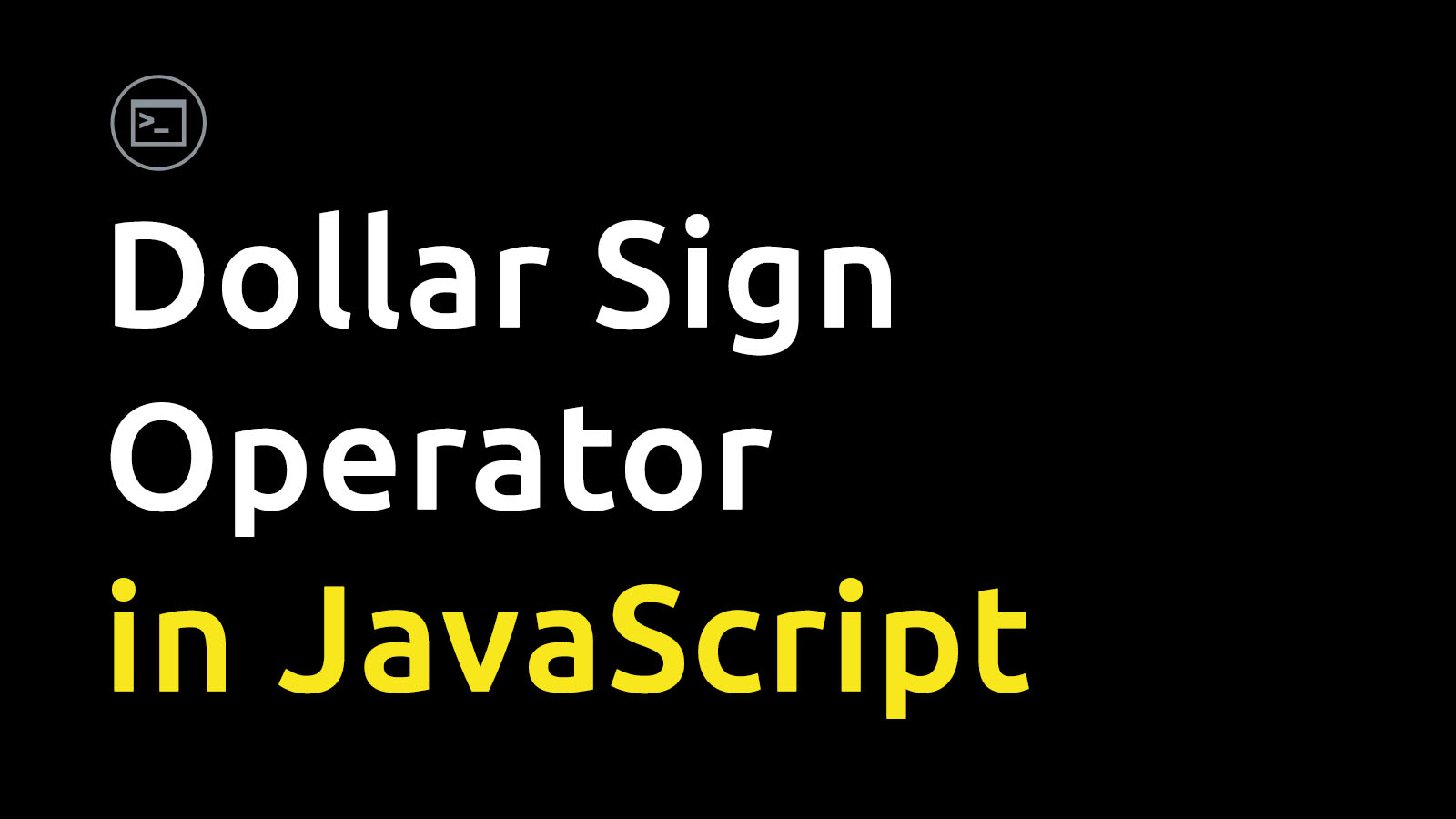In JavaScript, the dollar sign operator ($) is a commonly used shorthand notation that represents the jQuery library. The jQuery library is a lightweight JavaScript library that simplifies HTML document traversal, event handling, and animation for fast and efficient web development. However, in recent years, the dollar sign operator has been used in other ways that go beyond the jQuery library. In this article, we will explore the different ways in which the dollar sign operator is used in JavaScript.
- The jQuery Library
The most common use of the dollar sign operator in JavaScript is to represent the jQuery library. The jQuery library is a fast, small, and feature-rich JavaScript library that makes it easy to navigate a document, handle events, create animations, and perform Ajax requests. The jQuery library can be included in a web page by adding the following script tag to the HTML document:
<script src="https://code.jquery.com/jquery-3.6.0.min.js"></script>
Once the jQuery library is included, you can use the dollar sign operator to select elements from the HTML document and perform various operations on them. For example, to select all the paragraphs in the document and change their text to “Hello World”, you can use the following code:
$("p").text("Hello World");
In this code, the dollar sign operator represents the jQuery library, and the “p” argument is a CSS selector that selects all the paragraphs in the document. The text() method sets the text content of the selected elements to “Hello World”.
- Variables
In JavaScript, the dollar sign operator can also be used as part of variable names. However, this usage is not recommended, as the dollar sign has a special meaning in some programming languages, and its use in JavaScript can lead to confusion and errors. In general, it is best to avoid using the dollar sign in variable names.
- Regular Expressions
In regular expressions, the dollar sign operator represents the end of a string or line. For example, the regular expression /hello$/ matches any string that ends with the word “hello”. Here’s an example:
const str = "Say hello to the world";
const regex = /hello$/;
console.log(regex.test(str)); // Output: true
In this code, the test() method checks if the string “Say hello to the world” matches the regular expression /hello$/, which checks if the string ends with the word “hello”. Since the string does end with “hello”, the output is true.
- Template Literals
In template literals, the dollar sign operator is used to insert variables or expressions into a string. To use the dollar sign operator in a template literal, you need to enclose the variable or expression in curly braces preceded by a dollar sign. Here’s an example:
const name = "George";
const age = 23;
console.log(`My name is ${name} and I am ${age} years old`);
In this code, the template literal uses the ${} syntax to insert the variables name and age into the string. The output of the console.log() method is “My name is John and I am 30 years old”.
- Other Libraries
In addition to the jQuery library, there are other JavaScript libraries that use the dollar sign operator as a shorthand notation. For example, the Zepto library is a jQuery-compatible library that uses the dollar sign operator in the same way as jQuery. Here’s an example:
<script src="https://cdnjs.cloudflare.com/ajax/libs/zepto/1.2.0/zepto.min.js"></script>
Once the Zepto library is included, you can use the dollar sign operator to select elements from the HTML document and perform various operations on them. Another library that uses the dollar sign operator is Prototype, which is a JavaScript framework that provides a set of tools to simplify web development. In Prototype, the dollar sign operator is used to select elements from the HTML document, similar to jQuery and Zepto. Here’s an example:
<script src="https://cdnjs.cloudflare.com/ajax/libs/prototype/1.7.3/prototype.min.js"></script>
Once the Prototype library is included, you can use the dollar sign operator to select elements from the HTML document and perform various operations on them. For example, to select all the paragraphs in the document and change their text to “Hello World”, you can use the following code:
$$("p").each(function(element) {
element.update("Hello World");
});
In this code, the dollar sign operator represents the Prototype library, and the $$() method is used to select all the paragraphs in the document. The each() method iterates over each element and updates its text content to “Hello World” using the update() method.
The dollar sign operator in JavaScript has several different uses, depending on the context in which it is used. The most common use of the dollar sign operator is to represent the jQuery library, which provides a set of tools to simplify web development. However, the dollar sign operator can also be used in regular expressions, template literals, and other JavaScript libraries, such as Zepto and Prototype. While the dollar sign operator can be a convenient shorthand notation in some cases, it is important to use it in a way that does not conflict with other programming languages or libraries, and to use it in a way that is clear and understandable to other developers who may be working on the same code.


Leave a Reply